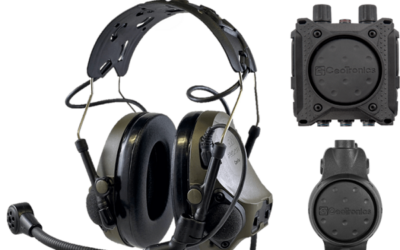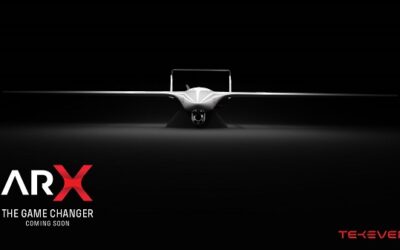Day 2 (9 August 2017) SMD Symposium Report
MONS Correspondent Marty Kauchak files this end-of-the-day report from the Space and Missile Defense (SMD) Symposium, Von Braun Center in Huntsville, Alabama.
Weibel Scientific (Weibel) is bringing to bear its heritage of delivering 4,000 radars to NATO member nations and other countries around the globe through the last four decades, to provide the Gap Filling Tracking Radar (GFTR-2100) as a solution to the cascading challenge of very long-range upper-tier ballistic missile threats. The radar, in final stages of research and development, also integrates technologies from Lockheed Martin’s AEGIS suite and Terma’s command and control platform BMD-Flex.
“The ‘trick’ with our radars is, when you talk long range tracking, they do not have a blind zone because we can move the antennas mechanically and the beam electronically, which means we can have continuous tracking,” Lars Krogh Vammen, Business Development Manager Officer, Weibel, pointed out.
He further added that whereas a “traditional” radar will lose a target at some point, “Weibel can use the full tracking range, and steer the beam to follow the target.” The retired Royal Danish Army air defence artillery member, placed the phrase “gaps in radar coverage” in an operational context, noting when a unit engages a ballistic missile, they traditionally do so, when it is within range of an existing radar system.
“The problem is when it passes over head – when it does so, it is gone – and the engagement is then based on historical data,” he noted. The Weibel radar technology base provides “full dome coverage”, “so all of a sudden, with a 1,300mi (2,092km) tracking range, you can tie in the existing sensors and close the gap.”
For its part, Lockheed Martin is contributing a new X-band signal processor to GFTR. “They have developed some algorithms which take the raw data from our radar, process the data, and get from the missile body – the width, the number of fins and other precise information. When you get precise data like that you can start identifying – and when you can identify missiles you will know whether it is type A or B, and you may know whether you must look for four or five warheads. All of a sudden in this target plume, you know exactly what to look for.”
Terma’s C2 platform, BMD-Flex, supplies a decision platform and a LINK 16 gateway to plug into any BMDS.
The radar is scalable, capable of adding modules for larger aperture and range, it can be utilised in a naval configuration, as well as ground based, for BMD or other missions.
Further, Weibel, Lockheed Martin and Terma will have a capability demonstrator to merge the companies’ core products and demonstrate the Ground Based Integrated Discriminating System (GBIDS) in late 2018.
Marty Kauchak

























